

Max Davies
2026 GWM Haval Jolion price and specs
22 Hours Ago
With the new Lexus NX comes a new base engine, but is this naturally-aspirated NX250 the right fit for a luxury-brand SUV?
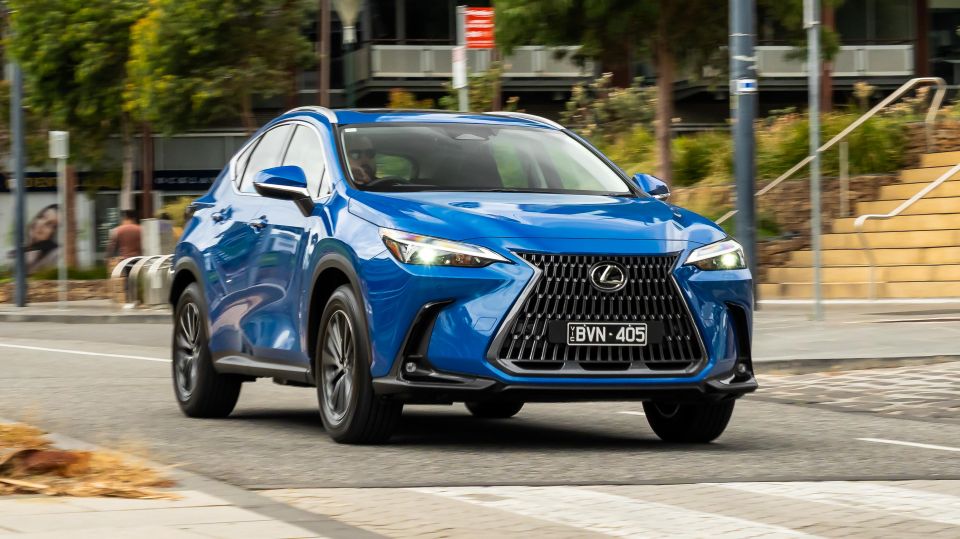
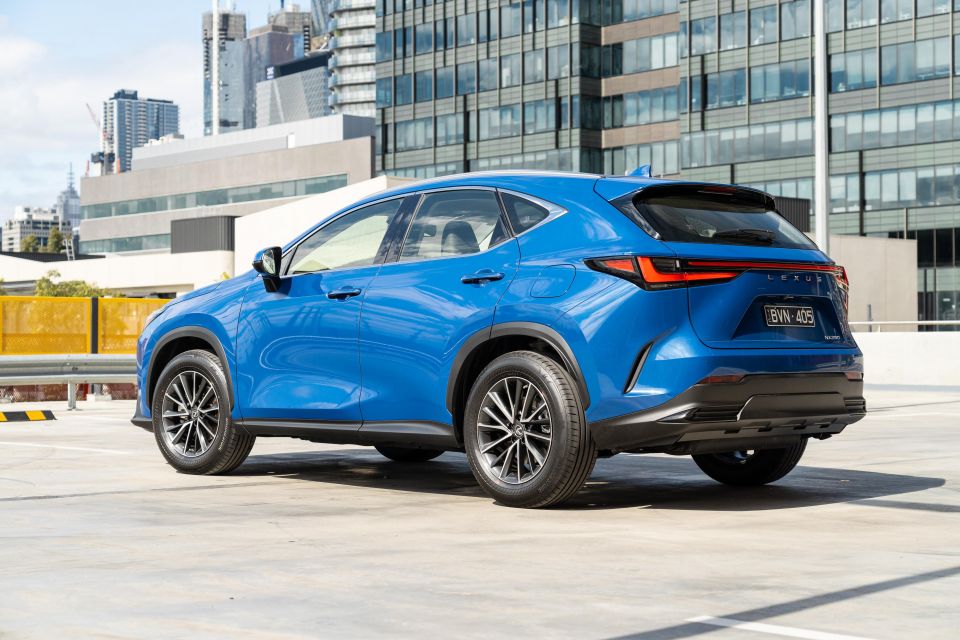

Quickly see how this car stacks up against its competition. Select any benchmark to see more details.
Where expert car reviews meet expert car buying – CarExpert gives you trusted advice, personalised service and real savings on your next new car.
If you want to know how prolific turbocharging has become, consider this: the 2022 Lexus NX250 is the only mid-sized luxury SUV sold in Australia with a naturally-aspirated engine.
With its second generation, the NX has received more powerful hybrid and turbocharged four-cylinder engines, but it’s also received a new base powertrain and a new flagship plug-in hybrid.
The NX isn’t alone in receiving Toyota’s naturally-aspirated 2.5-litre four-cylinder engine, as it was recently added to the ES large sedan.

On the surface, an atmo four-cylinder engine doesn’t sound all that impressive for a luxury crossover.
Lexus has done this before, adding an entry-level naturally-aspirated engine to one of its models to bring the cost of entry down – 10 years ago, it launched the RX270 and GS250, which both disappeared just three years later.
Does the NX250 have staying power, and is its powertrain worthy of a Lexus? Or should you step up to one of the more powerful turbocharged or electrified NX models?
The NX250 is the most affordable member of the second-generation NX family, but unlike the NX’s other powertrains it’s available only in a single, entry-level trim. While it’s not called the NX250 Luxury, its features list aligns with that of the hybrid NX350h Luxury.
It’s priced from $60,800 before on-road costs. The only available option is an Enhancement Pack, which brings the price to $63,800 before on-roads.
All bar Onyx black and Caliente red metallic finishes add an extra $1750 to the price. That includes our tester’s fetching Celestial Blue. All up, you’re looking at an as-tested drive-away price, based on a Sydney postcode, of $71,802.
In contrast, the related Toyota RAV4 Edge with the same engine – plus all-wheel drive to boot – is $50,200 before on-roads, or $54,838 drive-away. There are plenty of specification differences, however, not to mention a different after-sales package. More on that later.
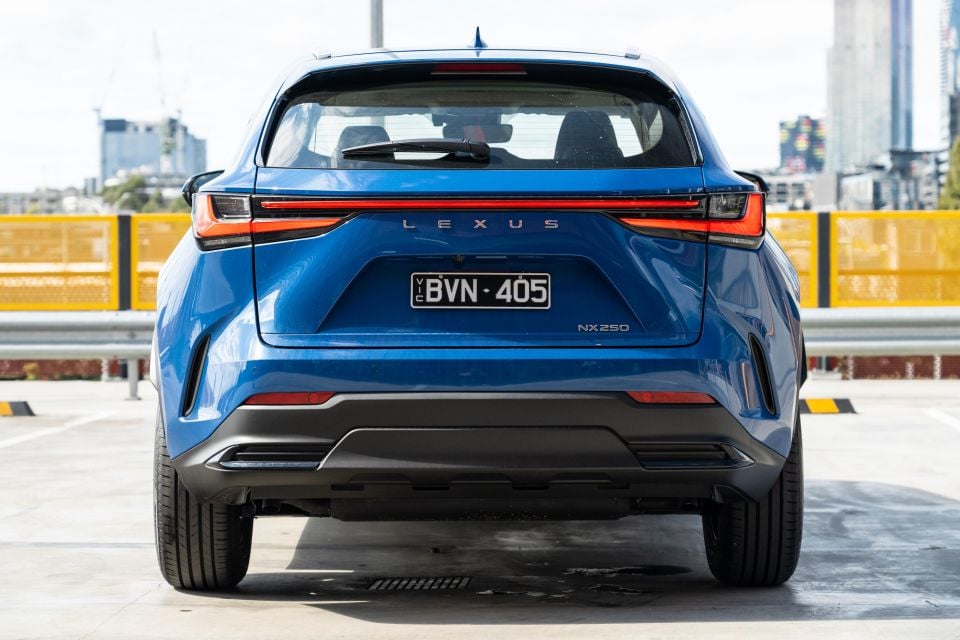
The comparison to other luxury-brand rivals is more favourable.
Key rivals include:
All prices exclude on-road costs.
Like the NX250, most of these models don’t feature all-wheel drive. The Volvo and the Land Rover are the only exceptions.
Later in 2022, the NX250 will get some direct competition from a rival without a luxury nameplate as Mazda introduces its new, more upmarket CX-60. Unusually, it’s coming here first with a naturally-aspirated 2.5-litre four-cylinder engine, just like the NX250. Pricing has yet to be revealed.
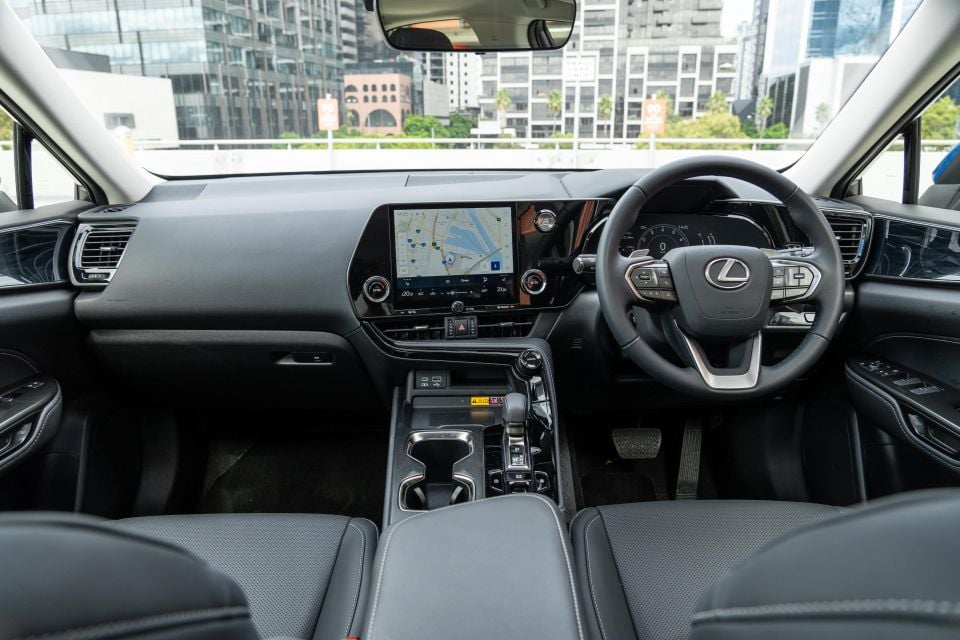
Buy your new car without the stress. It's fast, simple and completely free.

Great service from Travis and team, second time I have used this business would not hesitate to recommend them to anyone
Craig C.
Purchased a Ford Ranger in Sunshine Coast, QLD
CarExpert helped Craig save thousands on his Ford Ranger, now let us save you on your next new car.
Find a dealThe Lexus NX250 may share its platform with the Toyota RAV4, but you’ll find few reminders of their close relation inside the cabin. This is a much more premium design, and you’ll also find a much more contemporary layout than that of the previous-generation NX.
The centre stack isn’t so much a stack as it is a gloss black monolith, jutting out of the dashboard and yet gracefully curving into the instrument cluster.
Flanking the 9.8-inch touchscreen infotainment system are a pair of traditional climate control knobs, while below these are a pair of air vents. Maintaining physical dials for perhaps the most-used aspect of climate control strikes an acceptable balance as numerous manufacturers move all their climate controls onto touchscreens.
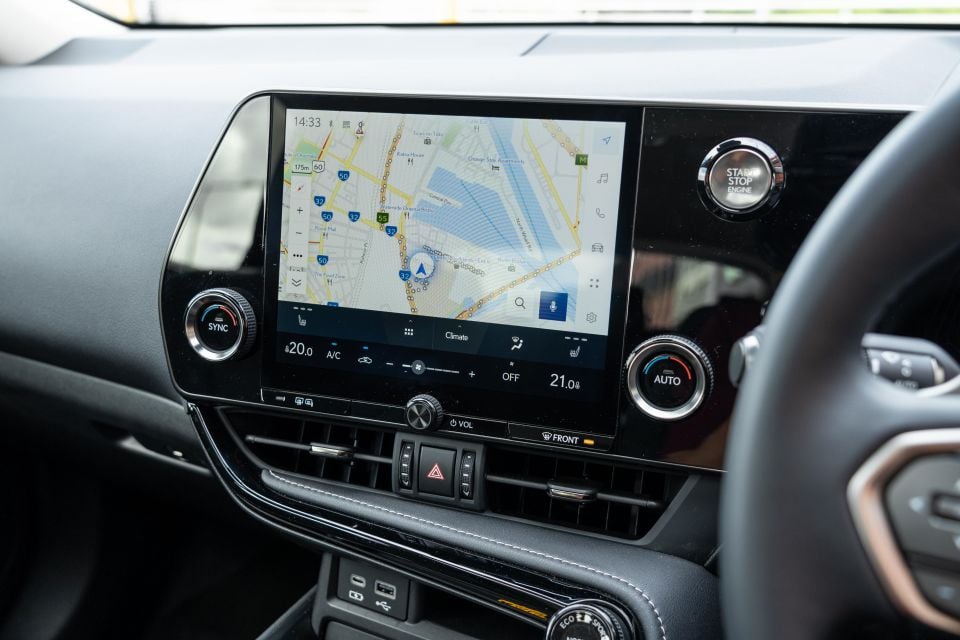
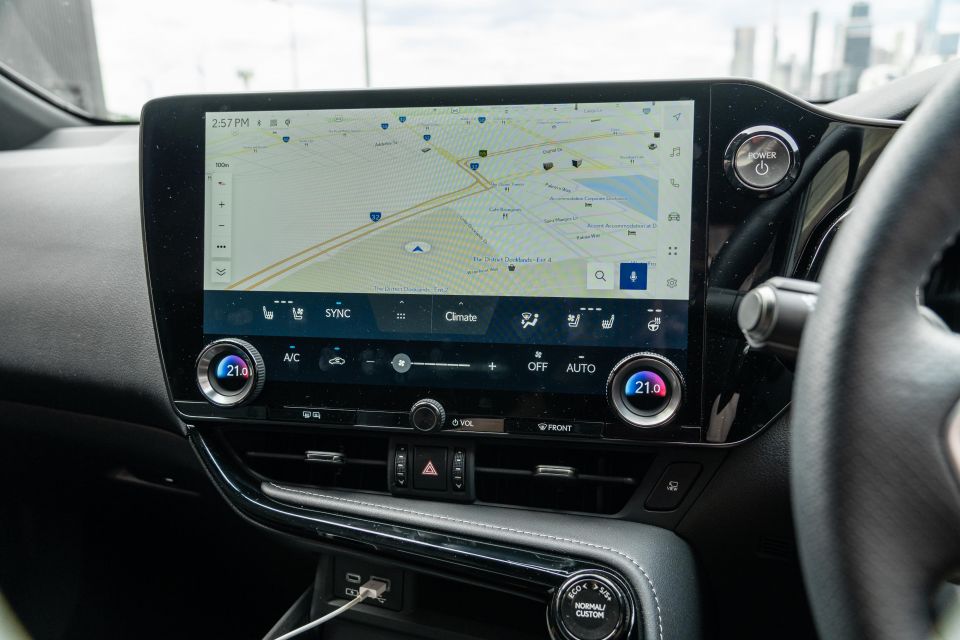
The base 9.8-inch touchscreen is perhaps the most visible reminder you bought the entry-level NX. While a 9.8-inch unit is nothing to sneeze at, it’s quite a bit smaller than the 14-inch screen found in F Sport and Sports Luxury models. There’s a noticeable bezel, as if to remind you that you bought the “cheap” NX.
Models with the larger screen also have noticeable cut lines, but the effect is more pronounced with the smaller screen.
These criticisms seem trifling when you consider the significant leap Lexus’ infotainment system has taken in usability. Not only does it ditch the trackpad entirely and rely on touch functionality, the latter having been rolled out later in the previous generation’s run, it also features an entirely new infotainment system.
Gone are the washed-out blue screens of the almost decade-old system it replaces. Instead, there are crisp, attractive graphics. The maps, in particular, have a neat, almost Google-esque look to them.
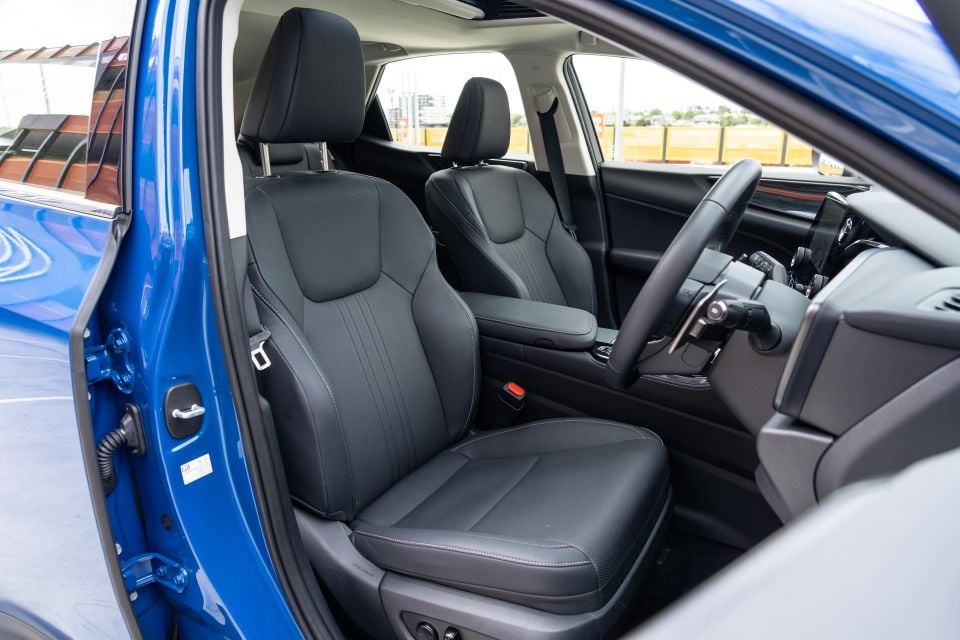
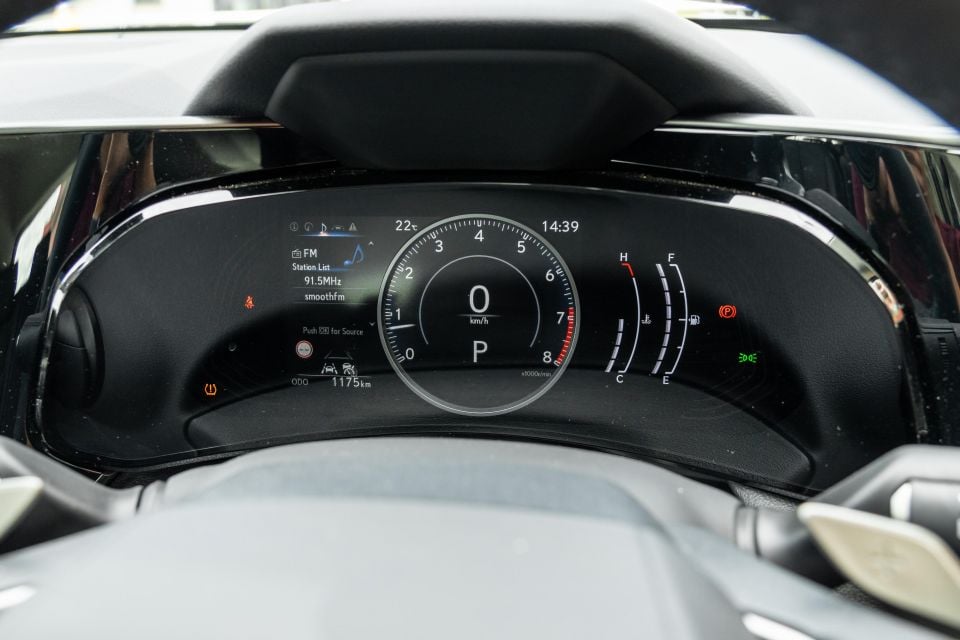
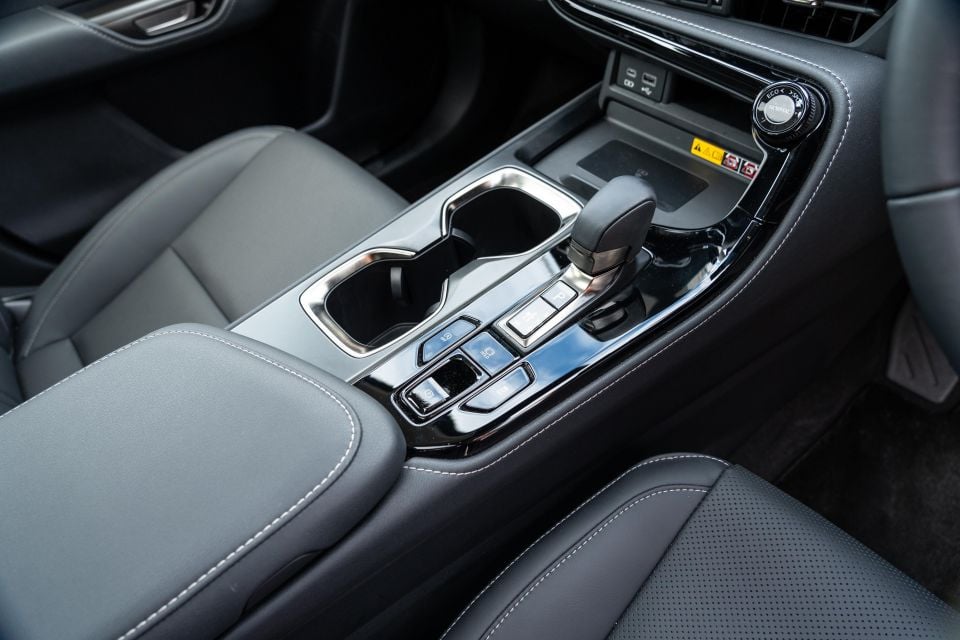
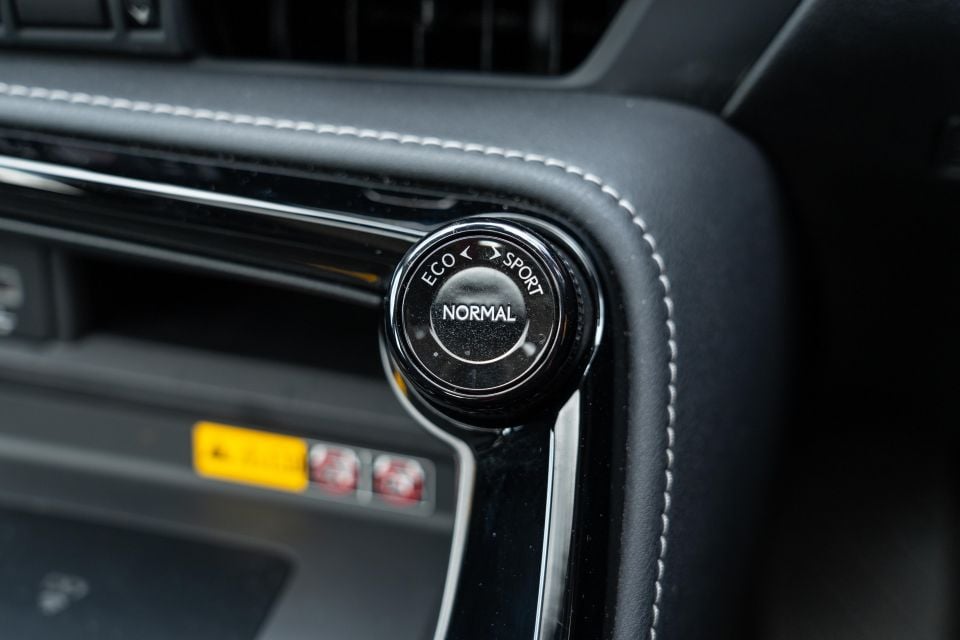
The navigation also includes a breadcrumbs function, which traces and displays where you’ve been. You can turn this off if you find it distracting.
I appreciated the fact the system could understand my voice prompts, even when I was dictating an address. The navigation instructions are also read out by one of the cheeriest female voiceover artists I’ve ever heard – sometimes she even sounds as though she’s on the verge of laughter. She also reminds you to be aware of bike lanes.
Climate functions always appear at the bottom of the screen, while shortcut buttons for the different menus appear on the side.
You can easily toggle settings for the active safety and driver assist features in the vehicle menu, where you can also view and reset your average fuel economy and check your tyre pressure. The system also makes it easy to select what you want a connected device to be used for, for example Bluetooth or smartphone mirroring.
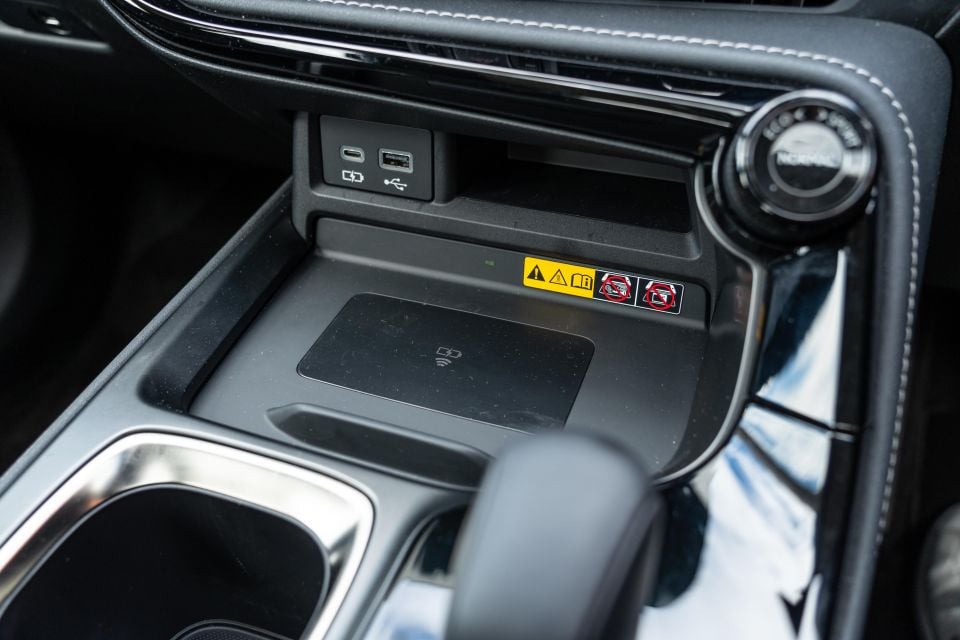
The response times are quick and the layout intuitive and it supports over-the-air updates. The NX now also offers greater support for voice prompts, which you can now use to do everything from adjusting the climate settings to even opening the sunroof.
At the base of the centre stack is the drive mode knob and a wireless phone charger, along with a USB-A and a USB-C port. There’s a puzzlingly useless cubby just above the charging pad, too, which won’t fit most phones.
Lexus has gone a bit overboard on the gloss black trim, which can be found all over the centre console and centre stack. But at least the black trim used on the doors has a different texture with its interesting striations, which make it look less like a giant panel of smudge-prone trim.
Material quality is top-notch. Only the lowest reaches of the dashboard and doors feature hard plastic, with everything else finished in either soft-touch plastic, leatherette or leather. And unlike the smaller UX, the rear doors are finished in the same materials as those up front. As expected, all the doors close with a lovely, solid thunk.
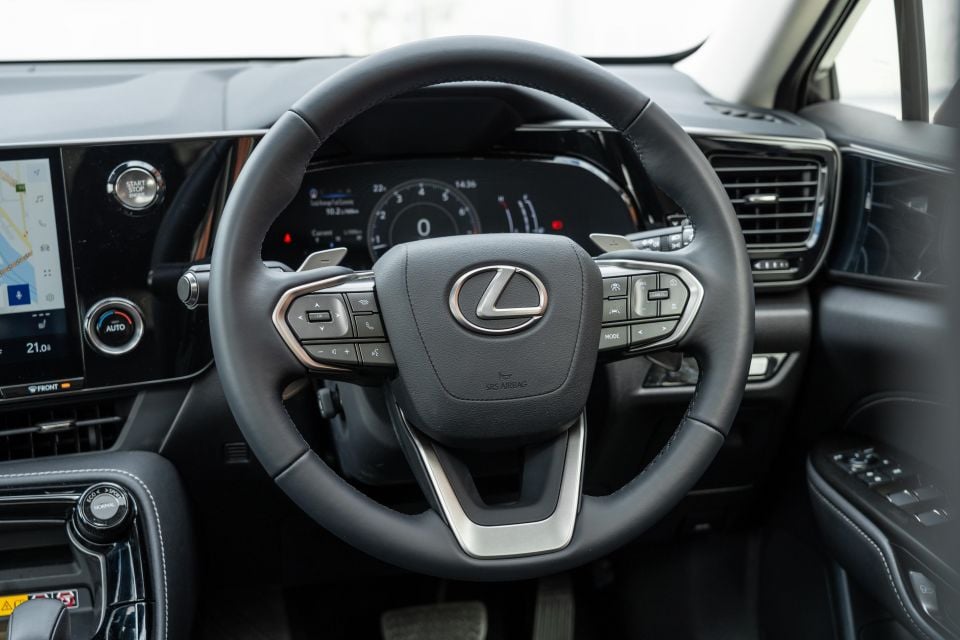
The steering wheel switchgear will be familiar to anybody who has been in a modern Lexus, though some of the buttons now control the cruise control – gone is the old stalk.
Much as the NX250 uses the smaller of the NX’s two infotainment screens, it also makes do with a simpler instrument cluster. It features an 8.0-inch digital display, with what appears to be a centrally-mounted, circular analogue gauge that actually features a screen within.
To the left is a fairly simple colour screen that’s a little less slick and a bit more Toyota-like in appearance, while to the right are bar graphs for fuel level and engine temperature. It all works quite well from both an appearance and usability perspective, and the large, central gauge is a Lexus signature; up-spec models’ full-digital instrument cluster also feature such an appearance.
Perhaps the only part of the interior that resembles that of a Toyota – the bank of switches to the right of the steering wheel – is easy to miss. All the chimes are Lexus-specific, except for the age-old (and annoying) beep-beep when you lock or unlock the car, which we’ve been hearing in Toyota and Lexus products for years.

One thing you certainly won’t find on a Toyota product is the NX’s unusual e-latch doors. To me, they feel intuitive: to enter the vehicle, press a button behind the handle as you pull the door open, and to exit it, either push a button or pull a small handle. They irritated one of my passengers, however, and they also smack of being different for the sake of being different.
There were also some odd quirks with the operation of the door locks. Sometimes I’d lock the door and the car would beep multiple times, yet still lock.
There’s no ambient lighting in the cabin, although there’s some helpful footwell lighting. The NX250 also makes do with a 10-speaker sound system that’s decent but naturally falls short of the superior Mark Levinson sound system found elsewhere in the range.
Leather-accented upholstery is standard, and the seats up front are heated. They mightn’t look heavily bolstered but they proved comfortable and supportive over long distances.
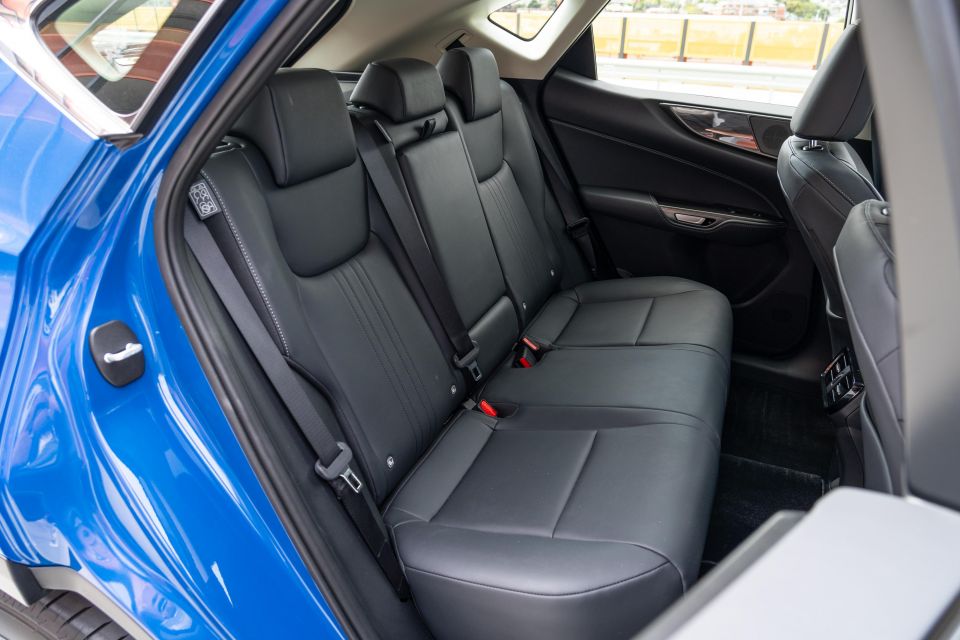
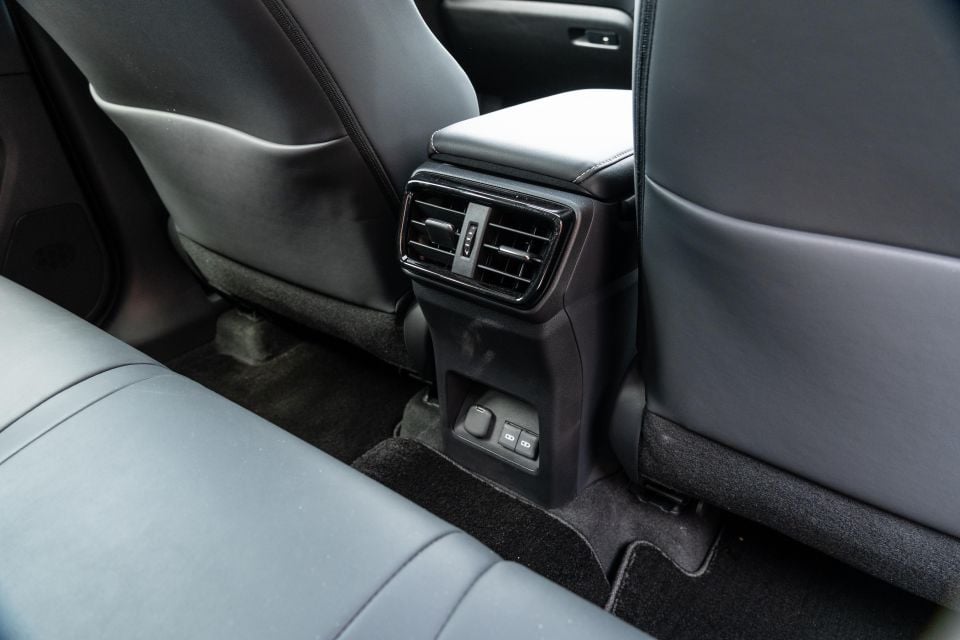
The paddle shifters feel tactile, and there’s a stubby little monostatic shifter. Fortunately, it isn’t as tiny and awkward as the shifters found in some newer Volkswagen Group products.
In terms of storage, there’s a glove compartment that can fit more than just the owner’s manual, bottle holders in each door that can fit a 1L bottle, and a spacious centre console bin that, in Lexus fashion, can be opened from either side.
There’s also a felt-lined sunglass holder, as well as an unusual little felt-lined cubby to the right-hand side of the steering wheel.
Step into the back and you’ll find a comfortable second row – it feels more spacious than that of a GV70, but it doesn’t feel quite as large or airy back here as, for example, an X3.

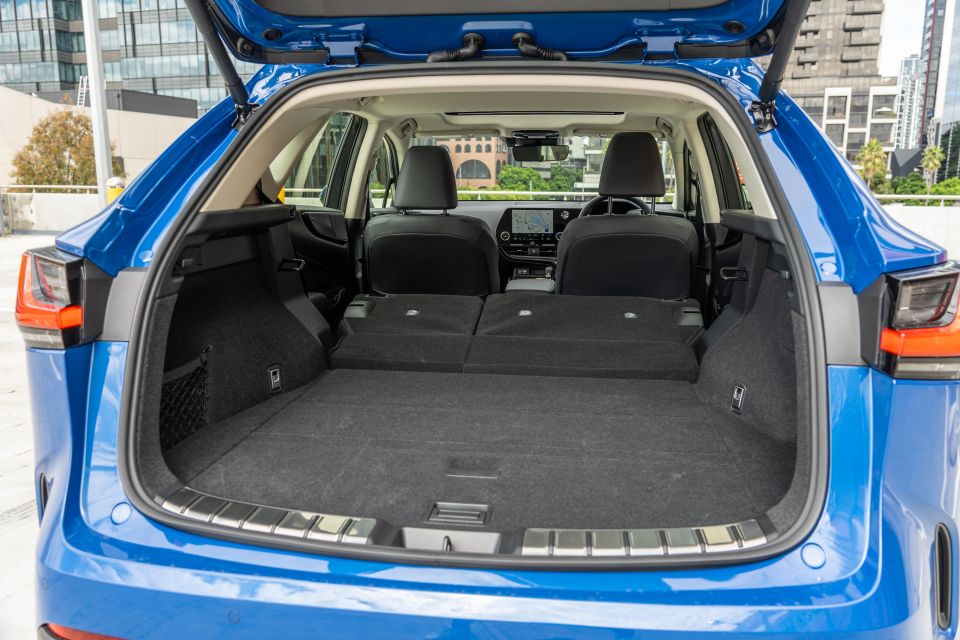
There are air vents, a couple of USB-C outlets, a 12V outlet and a fold-down centre armrest with cupholders but no pass-through. Lexus also naturally includes three top-tether and two ISOFIX anchor points for child seats.
There’s plenty of space in every direction, and at 180cm tall I could easily sit behind my driving position.
The NX250 uses run-flats and there’s no spare wheel. That’s freed up space for a series of compartments under the load bay floor, which are a handy place to secure valuables. Boot space measures 520L.
Overall, the NX’s cabin stacks up well against key rivals with an elegant look and feel and sufficient space.

The NX250 uses a 2.5-litre naturally-aspirated four-cylinder engine making 152kW of power at 6600rpm and 243Nm of torque between 4000-5000rpm, mated with an eight-speed torque-converter automatic transmission. It has a claimed 0-100km/h time of 8.7 seconds.
It uses a claimed 6.9L/100km on the combined cycle. We averaged 8.0L/100km on a loop consisting of inner-city, suburban and highway driving, and this increased to 8.8L/100km over the course of a week. You’ll need to fill it up with 95 RON premium unleaded fuel.
If you want better returns, the NX350h hybrid sips just 5.0L/100km.
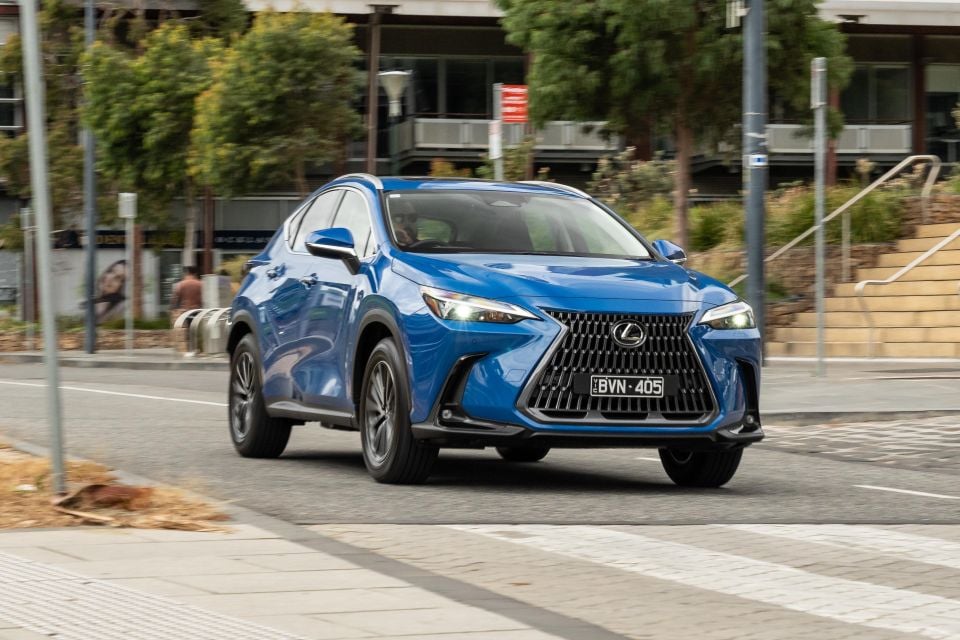
If you’re going to stick an atmo four-banger in a mid-sized luxury SUV, you could do worse than the 2.5-litre in the NX250.
There’s no torque steer or wheelspin taking off, and it gets power to the ground cleanly. There’s not a massive amount of power, though, but there’s enough for around town, where the NX250 feels decently responsive.
Take it out on the open road and floor it, however, and there’s a bit of sound but not much fury. When overtaking, it’ll drop back a gear or two as it summons up the grunt to pass but it never feels dangerously underpowered. Adequate is a better word.
The eight-speed transmission makes the most of the NX’s modest outputs, shifting smoothly. We didn’t observe any of the abrupt shifts encountered sporadically with the brand’s 10-speed automatic.
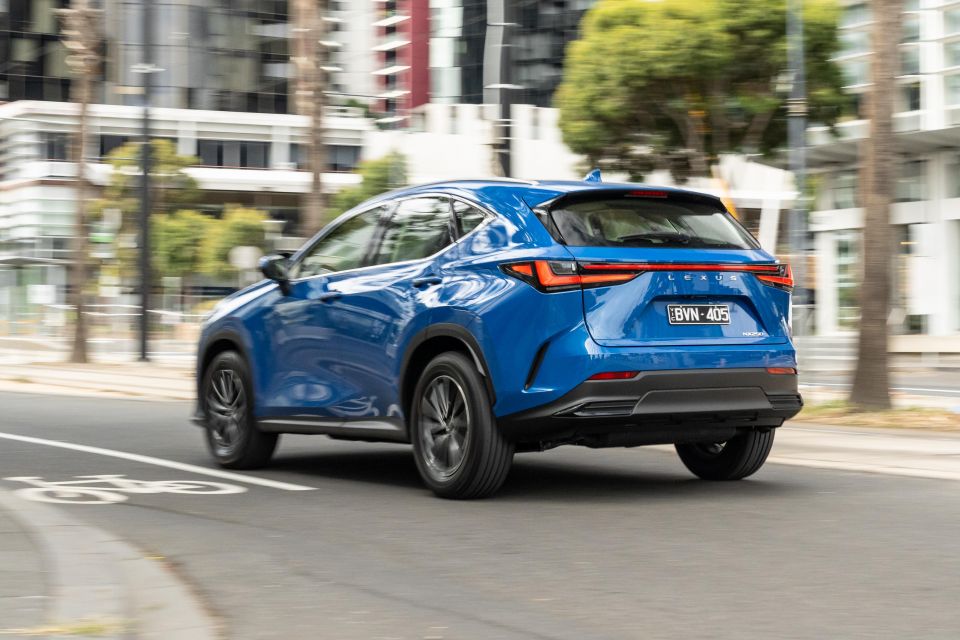
Where expert car reviews meet expert car buying – CarExpert gives you trusted advice, personalised service and real savings on your next new car.
The NX250’s engine has a surprising snarl to it, perhaps more noticeable as everything else is so hushed. It almost sounds sporty, but stops short of seeming uncouth. It does seem to run a bit rougher of a cold morning, however, and you can feel the faintest vibration under foot when you’re accelerating.
The Lexus’ cabin is serene at highway speeds, with virtually no wind noise permeating the cabin.
This refinement extends to the ride quality. It’s nicely damped and never feels floaty, and even over undulating roads there’s good body control.
Despite the NX being shod with run-flat tyres, it has a smooth, pliant ride over everything from pockmarked urban blacktop to unsealed rural roads.
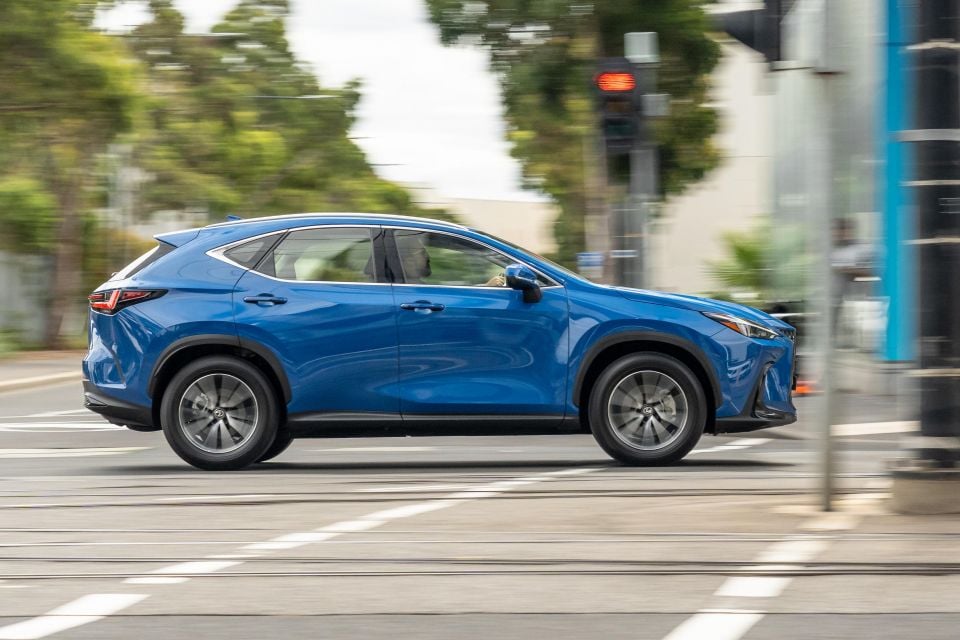
We did notice a faint, rubbery sound when taking the NX over speed bumps. The tyres, however, don’t generate any undue tyre roar.
Much as the ride is nicely tied down, so too is the handling. We’d stop short of calling the NX250 fun to drive, but body roll is well controlled when cornering.
The steering is nicely weighted on the move, though it doesn’t lighten up as much as you might expect at low speeds. That means the steering feels rather heavy when you’re parking the NX.
You can choose between Normal, Eco and Sport drive modes. You push the selector for Normal, and twist it for the other two modes. As is typical of a Sport mode, it holds gears a little longer, though it can’t work miracles in making the NX250 feel powerful – consequently, we left it in Normal most of the time.
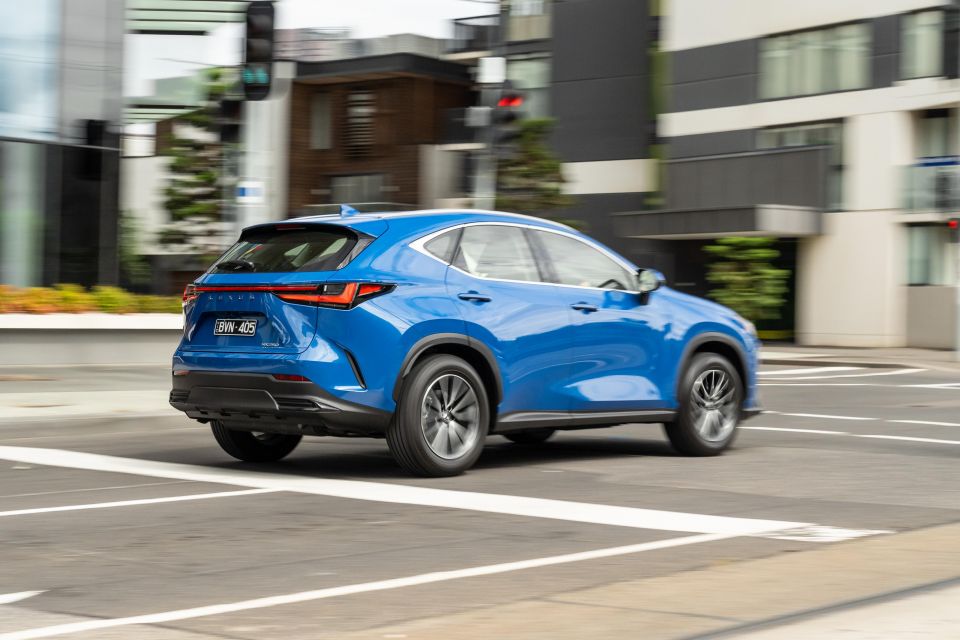
The combination of adaptive cruise control and Lexus’ Lane Tracing Assist (LTA) helps keep you centred in your lane and at the appropriate speed, and the systems work well though the plus and minus buttons for the cruise control only adjust the speed in 5km/h (instead of 10km/h) increments.
The NX also features lane-keep assist, which is less assertive than LTA in keeping you within your lane but performs well for such a system.
The idle stop/start system defaults to on but it’s less intrusive than the system in, for example, Volkswagen Group vehicles. You need to really depress the brake pedal in order for the engine to cut out.
Even with the engine idling, the NX is whisper quiet. We think Lexus has struck a suitable balance for its core clientele, with the NX offering high levels of refinement, a comfortable ride, and yet just enough dynamic talent to keep it from feeling too dull.
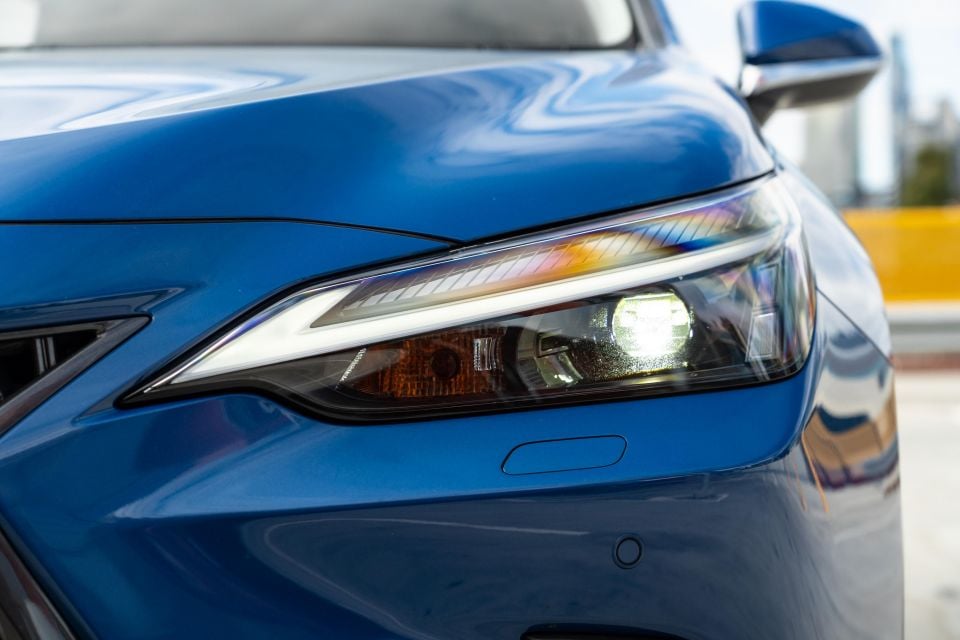



NX250 highlights:
The optional Enhancement Pack ($3000) includes:
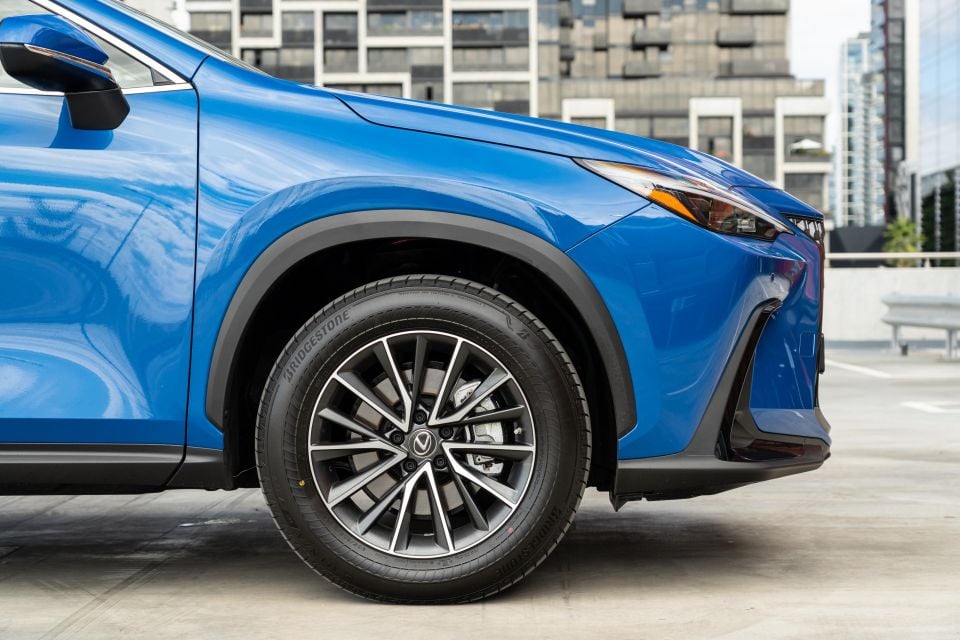

As mentioned, the NX250 undercuts base model luxury-brand rivals by thousands of dollars. But if you’re comparing this to a top-spec RAV4 Edge, you’ll find the NX250 misses out on all-wheel drive, hill descent control, ventilated front seats and a surround-view camera.
Bundling wireless phone charging and a sunroof into an option pack is also rather daft given the former is standard across most of the RAV4 range. While the NX250 features a more upscale interior plus Lexus’ after-sales package, there’s a significant price premium involved.
Looking at luxury-brand rivals, the Genesis GV70 is closest in price – based on a Sydney postcode, less than $2000 separates the GV70 2.5T from an NX250 equipped with the Enhancement Pack.
The Genesis, however, offers five years of free servicing, plus wireless phone charging, a panoramic sunroof, ventilated front seats, a hands-free power tailgate, and colour-adjustable ambient lighting.
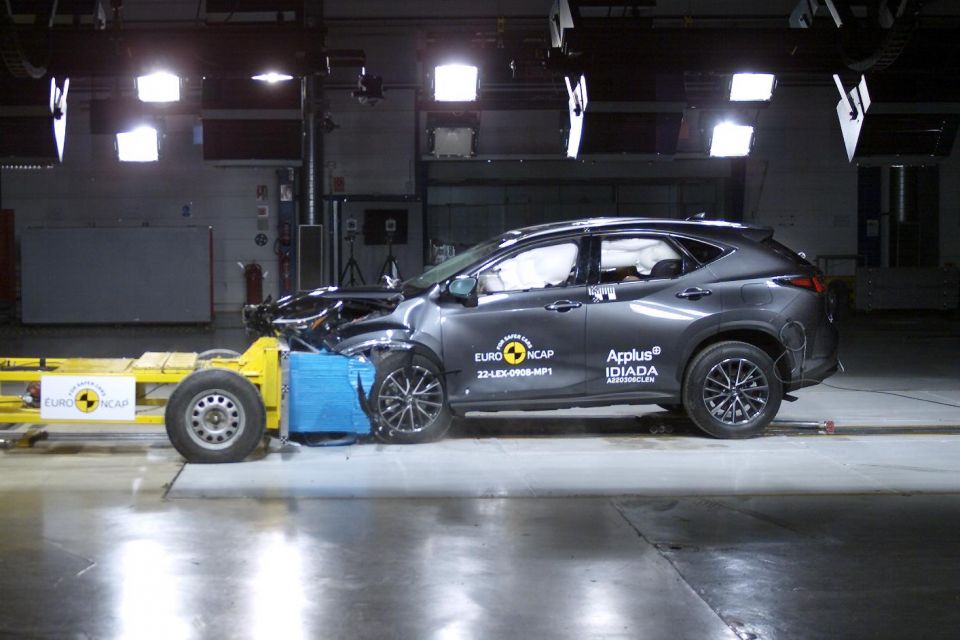
The NX wears a five-star ANCAP safety rating, based on Euro NCAP testing conducted this year.
It received scores of 91 per cent for adult occupant protection, 89 per cent for child occupant protection, 83 per cent for vulnerable road user protection, and 92 per cent for safety assist.
Standard safety equipment includes:
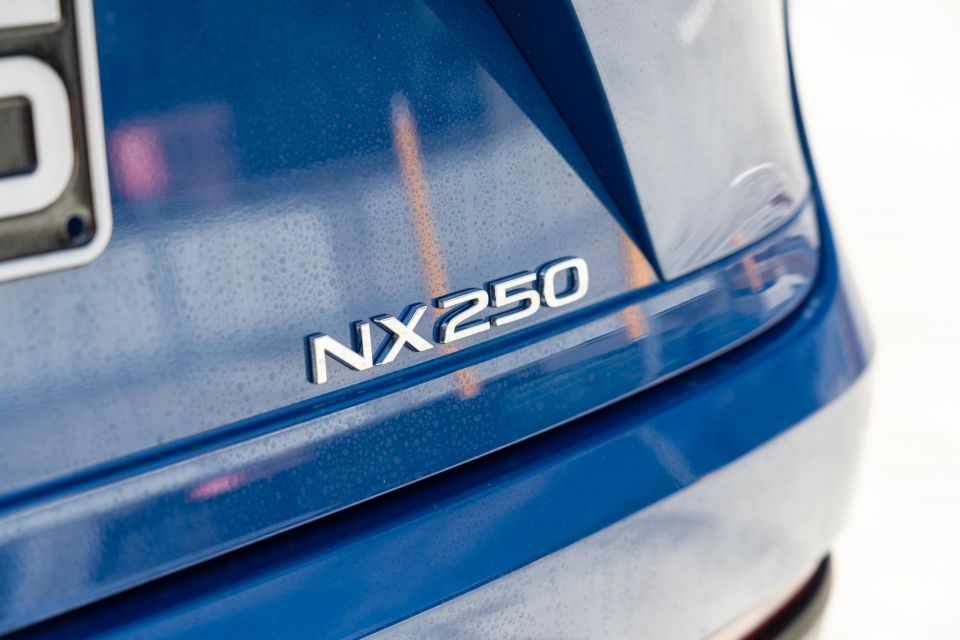
The NX is covered by a five-year, unlimited-kilometre warranty and includes capped-price servicing for three years or 45,000km. Each service is capped at $495.
The car can be collected from the owner’s home or place of work, with a complimentary loan vehicle delivered door-to-door.
As an owner, you also get access to the Lexus Encore ownership program, which gives owners access to Caltex fuel discounts, invitations to luxury dinners and events, as well as luxury hotel partnership benefits.
Lexus Australia is also rolling out a new smartphone app that lets owners track and check up on or control aspects of their vehicle.
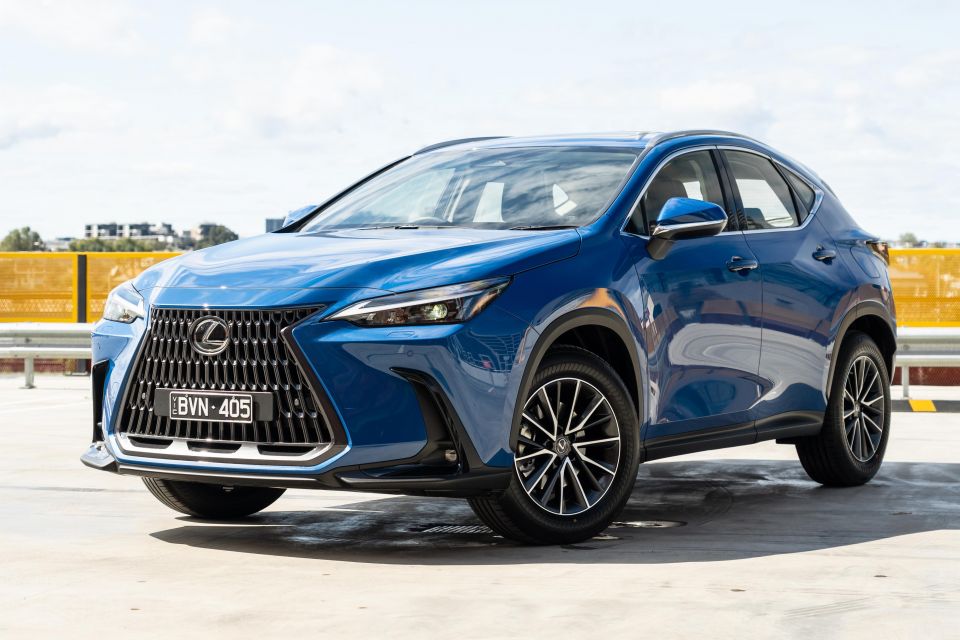
We’ve found the new NX range has a sweet spot, and it isn’t the turbocharged NX350 or the naturally-aspirated NX250.
That’s not to say the latter is a poor choice. It costs thousands less than an entry-level German, making this a more affordable means of getting a luxury-brand mid-sizer in your garage.
Alas, the value proposition doesn’t necessarily add up here. It’s over $15,000 more than a top-spec RAV4 with the same powertrain and yet you miss out on several features found on that model.
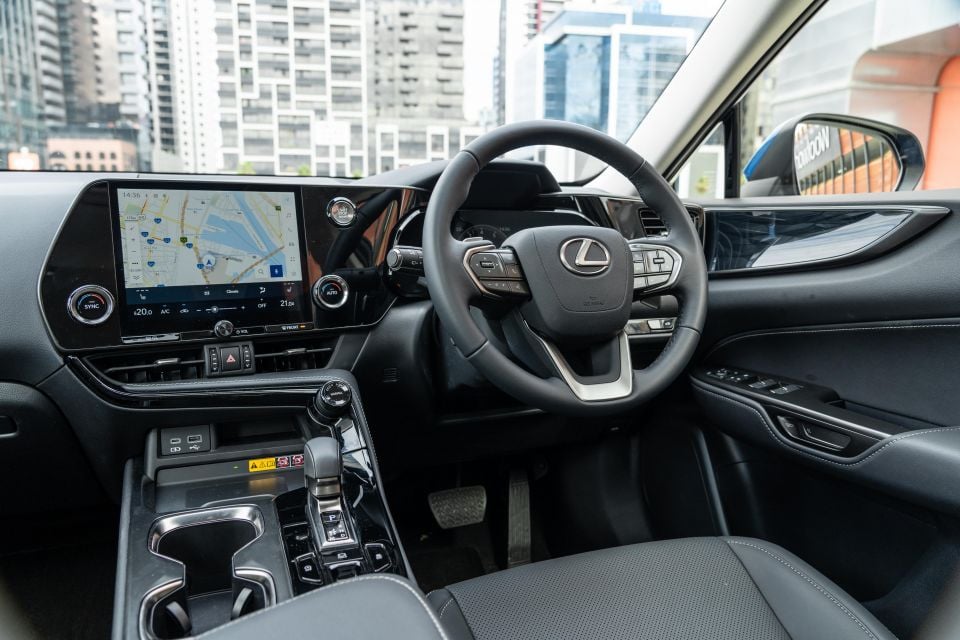
What you do get is a more polished look and feel than the humble Toyota, including an excellent infotainment system and the hushed cabin one expects of a Lexus. But its price is quite close to that of the Genesis GV70, which is more dynamic, considerably more powerful, offers more features, and arguably has a better aftersales package.
It may be a competent all-rounder, but the NX250 can’t offer much over base model rivals other than a lower price and the promise of Lexus reliability. Step up to the NX350h hybrid, however, and you get more punch, greater fuel economy, and the unique selling point the NX needs in this cut-throat segment.
We realise the irony in suggesting the NX250 costs too much and yet you should spend more, but the NX350h has a better balance of what a Lexus SUV should offer.
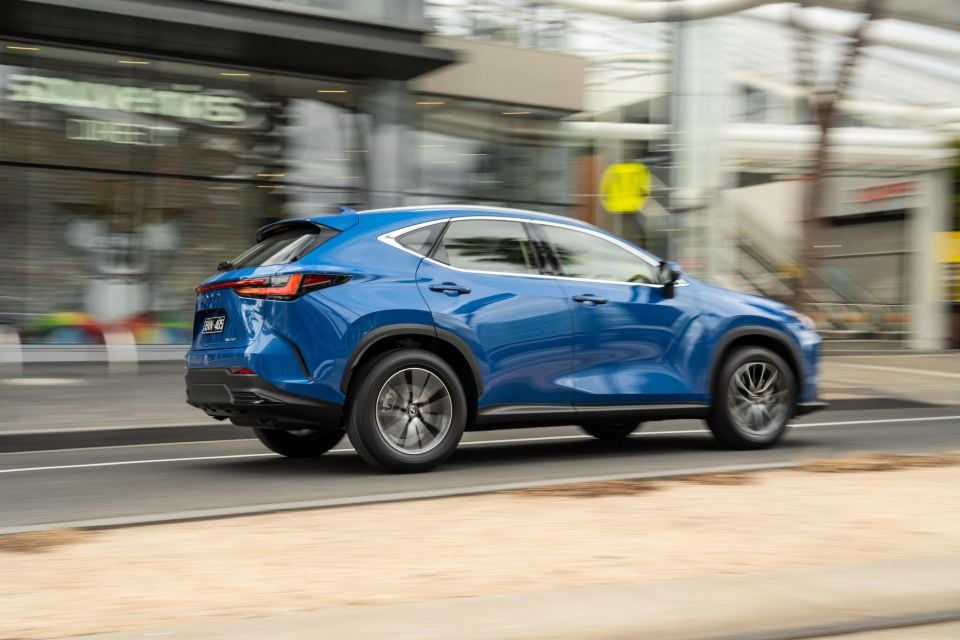
Click the images for the full gallery
MORE: Everything Lexus NX
Where expert car reviews meet expert car buying – CarExpert gives you trusted advice, personalised service and real savings on your next new car.
William Stopford is an automotive journalist with a passion for mainstream cars, automotive history and overseas auto markets.


Max Davies
22 Hours Ago


Damion Smy
2 Days Ago
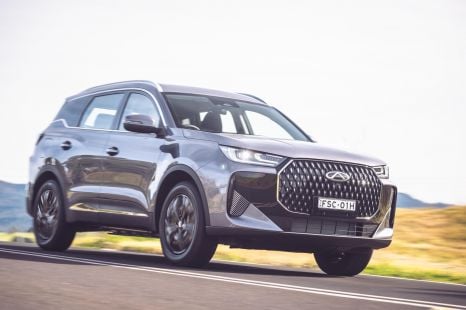

CarExpert.com.au
3 Days Ago


James Wong
3 Days Ago
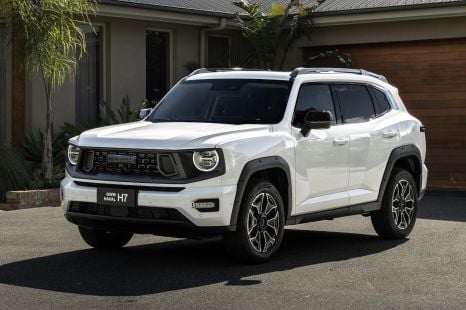

William Stopford
3 Days Ago
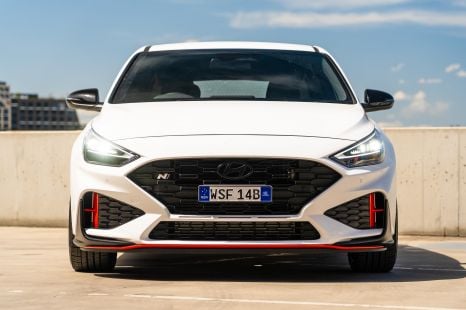

William Stopford
13 Days Ago